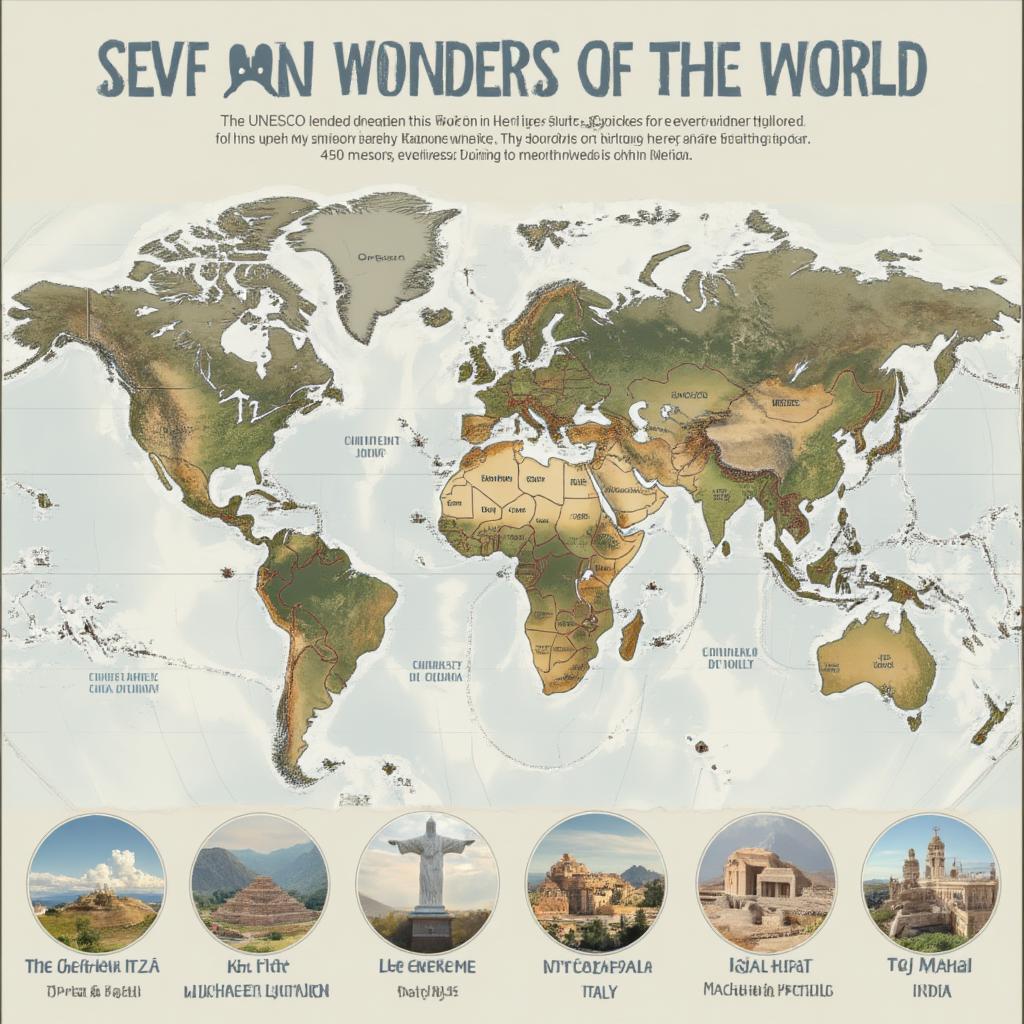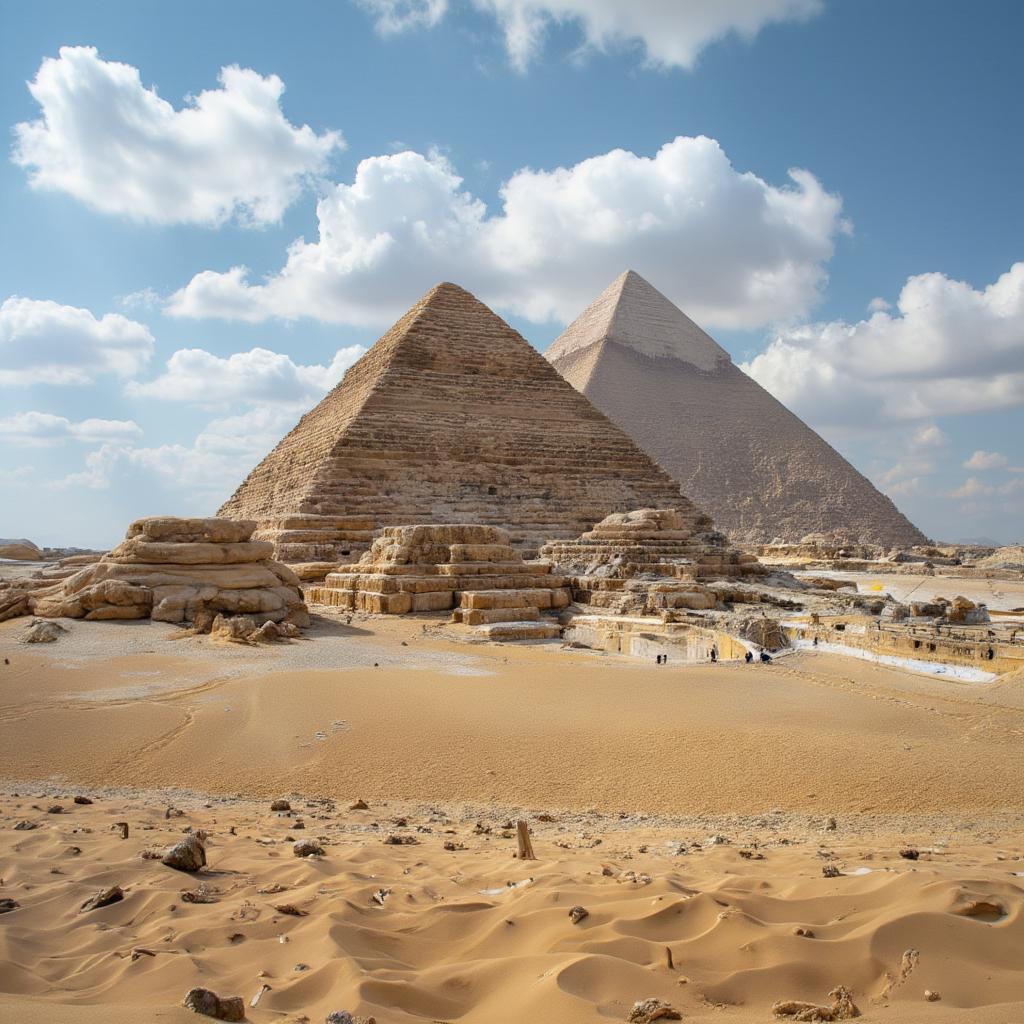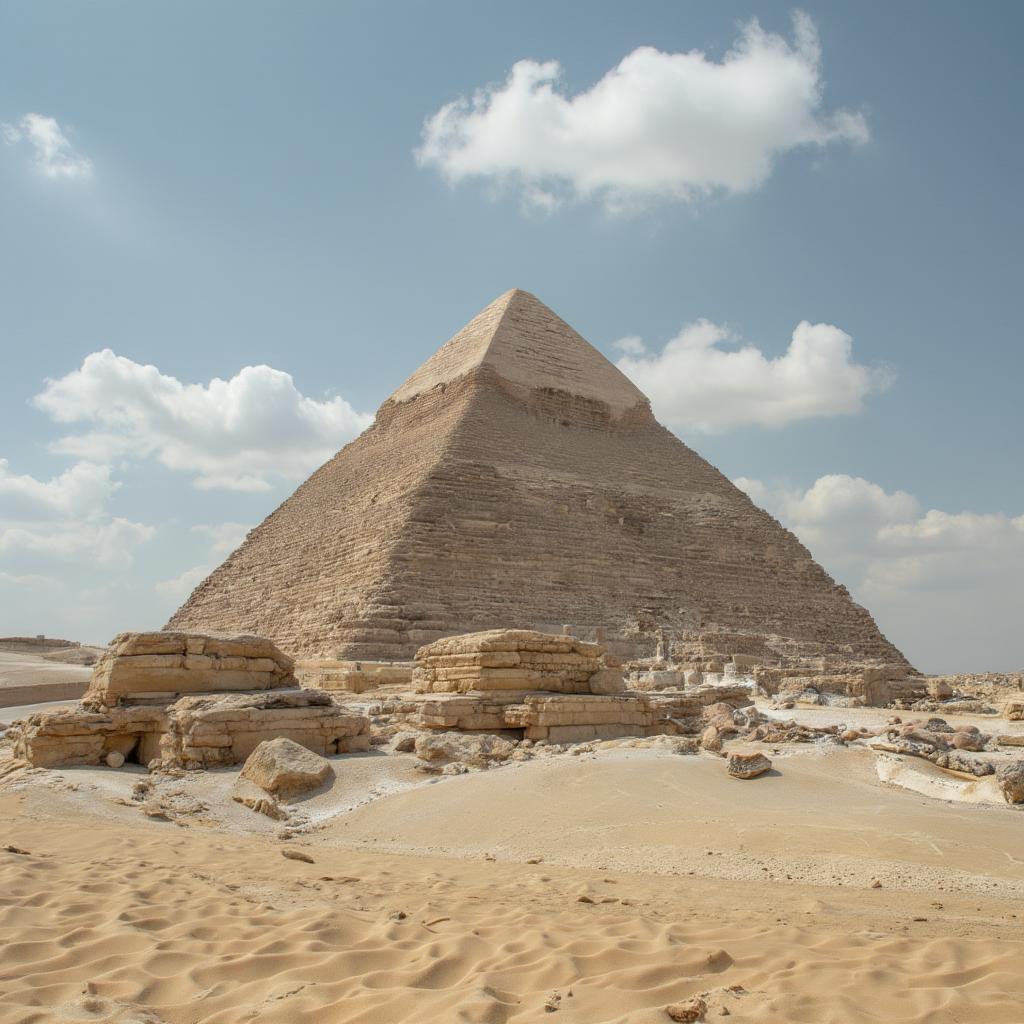Exploring the 7 Current Wonders of the World: A Journey Through Human Ingenuity

The world is a tapestry woven with threads of history, culture, and breathtaking feats of engineering. Among these, the 7 Current Wonders Of The World stand as testaments to human ambition and creativity. Selected in 2007 through a global poll, these iconic structures are not only architectural marvels but also significant cultural landmarks that draw millions of visitors each year. This article will explore these wonders, delving into their history, significance, and what makes each one so extraordinary. Let’s embark on a journey to discover these remarkable achievements of humanity.
A Glimpse into the New Seven Wonders
When we talk about the 7 current wonders of the world, we’re referring to a list compiled by the New7Wonders Foundation. This wasn’t meant to replace the ancient list but to celebrate the diversity and ingenuity of human constructions that have survived or been constructed in modern times. The original seven wonders of the ancient world were all located in the Mediterranean and Middle Eastern regions, leaving out many other remarkable structures around the globe. The new list was the result of a global vote, ensuring that the selection was as diverse as possible.
The chosen wonders are spread across different continents, each reflecting unique aspects of their respective cultures. They provide tangible links to the past and offer us insights into the aspirations, beliefs, and technological capabilities of the people who created them.
The Great Wall of China: A Dragon’s Spine

The Great Wall of China, stretching over 13,000 miles, is not only one of the 7 current wonders of the world but also one of the most ambitious construction projects ever undertaken. It wasn’t built in one go; it was constructed over centuries by various dynasties to protect the northern borders of the Chinese Empire. The wall, made from earth, stone, brick, and wood, winds its way across mountains and deserts, showcasing an unbelievable feat of engineering.
Its primary function was defensive, guarding against nomadic invaders. However, it also served as a communication corridor, with watchtowers used to signal warnings. Visiting this wonder today, it is impossible to ignore the scale of it, the history it holds and the sheer human effort that it embodies.
- Stretching for over 13,000 miles
- Built over centuries by different dynasties
- Served both defensive and communicative purposes
Chichén Itzá: Mayan Marvel in Mexico
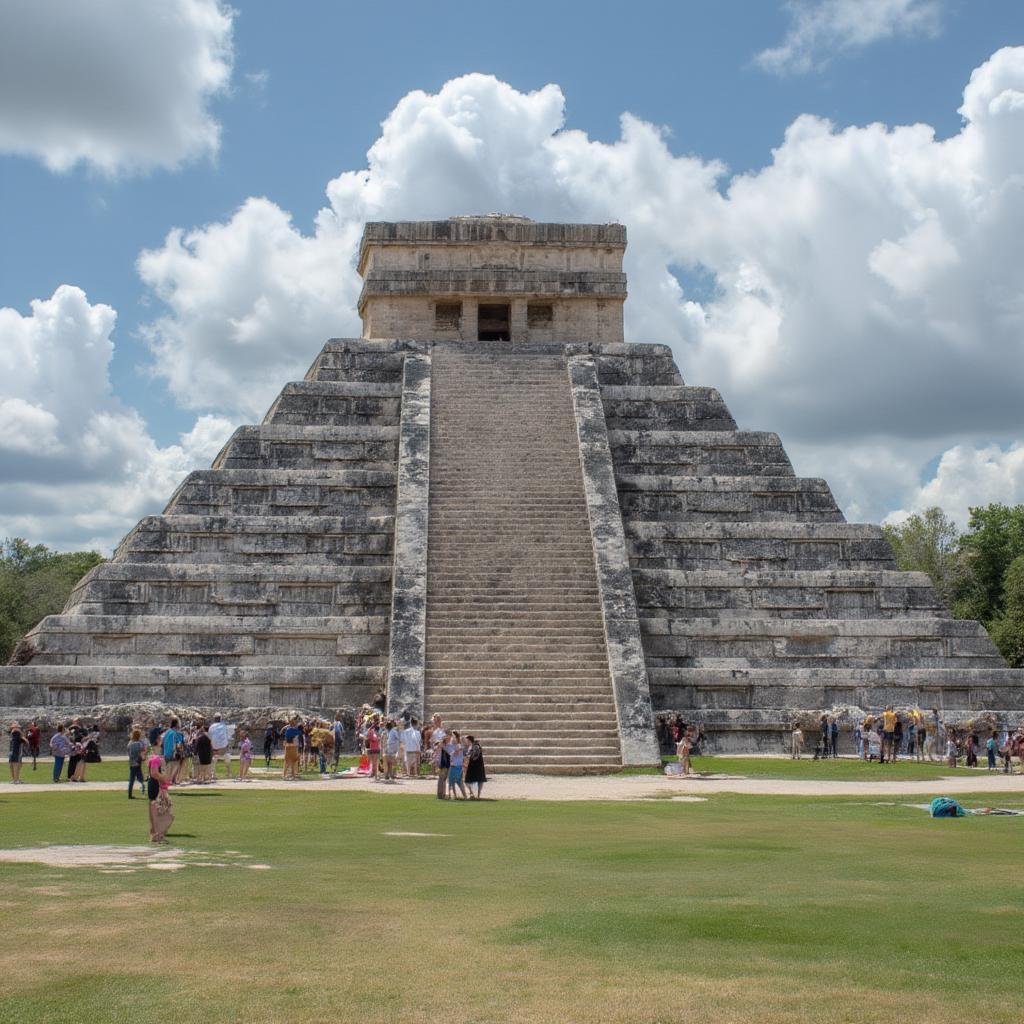
Moving to the Americas, Chichén Itzá stands as an incredible example of Mayan civilization. This pre-Columbian city, located in the Yucatán Peninsula of Mexico, features impressive pyramids, temples, and other stone structures. The most famous is the Temple of Kukulcán, also known as El Castillo, a step-pyramid with a design that aligns perfectly with the equinoxes. During these times, the sunlight casts a shadow that looks like a serpent descending the staircase, a striking demonstration of Mayan astronomical knowledge.
Beyond its astronomical precision, Chichén Itzá reflects Mayan religious beliefs and architectural skills. The intricate carvings, the ceremonial platforms, and the various other structures all speak to a rich, complex culture. The site is a remarkable preservation of a world that existed centuries ago.
- Features the famous Temple of Kukulcán
- Showcases Mayan architectural and astronomical expertise
- Preserves the rich Mayan culture
Christ the Redeemer: Rio’s Iconic Landmark
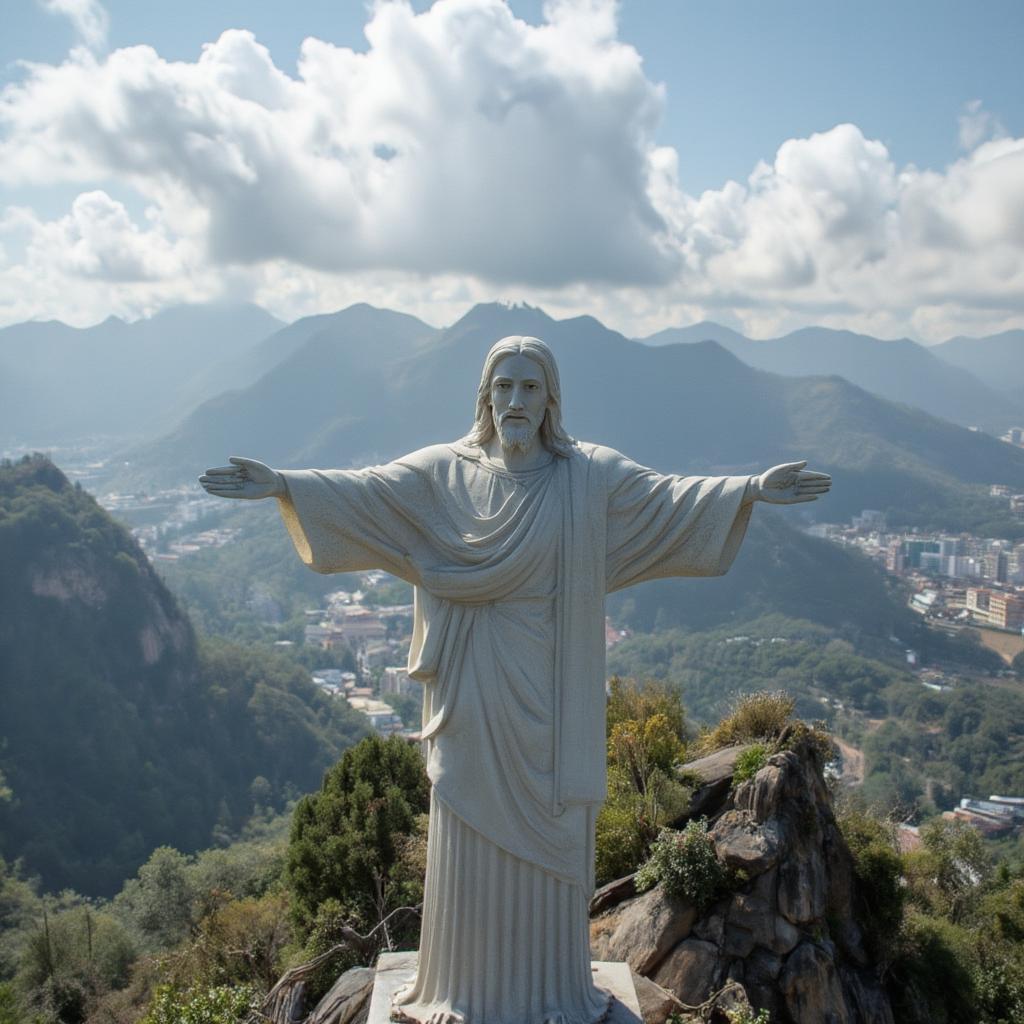
Perched atop Corcovado Mountain in Rio de Janeiro, Brazil, Christ the Redeemer is not just a statue; it’s a symbol of faith, hope, and the city itself. This towering art deco figure, with arms outstretched in a gesture of welcome, has become one of the most recognizable landmarks in the world. It is a masterpiece of engineering and art, made from reinforced concrete and soapstone, and its sheer scale is awe-inspiring.
The statue was constructed in the 1920s and 1930s, and its creation was a monumental undertaking at the time. It provides not only a visual spectacle but also a profound sense of spirituality, welcoming visitors from around the globe.
- A symbol of Rio and Christianity
- Made from reinforced concrete and soapstone
- A monumental artistic and engineering accomplishment
Colosseum: The Grand Arena of Rome
Located in the heart of Rome, Italy, the Colosseum is an ancient amphitheater that has withstood centuries of history. This monumental structure, built in the first century AD, was once the center of public entertainment, hosting gladiatorial contests, public spectacles, and even mock naval battles. Its elliptical design is a testament to Roman engineering prowess, and its scale remains impressive to this day.
The Colosseum is more than just a ruin; it’s a window into the world of ancient Rome, reflecting its power, its culture, and the grandeur of the empire. It has survived earthquakes and plunder, and continues to draw millions of visitors every year who are fascinated by its history and the stories it holds.
- Ancient amphitheater in Rome, Italy
- Once hosted gladiator contests and public spectacles
- An icon of Roman engineering and culture
Petra: The Lost City Carved in Stone
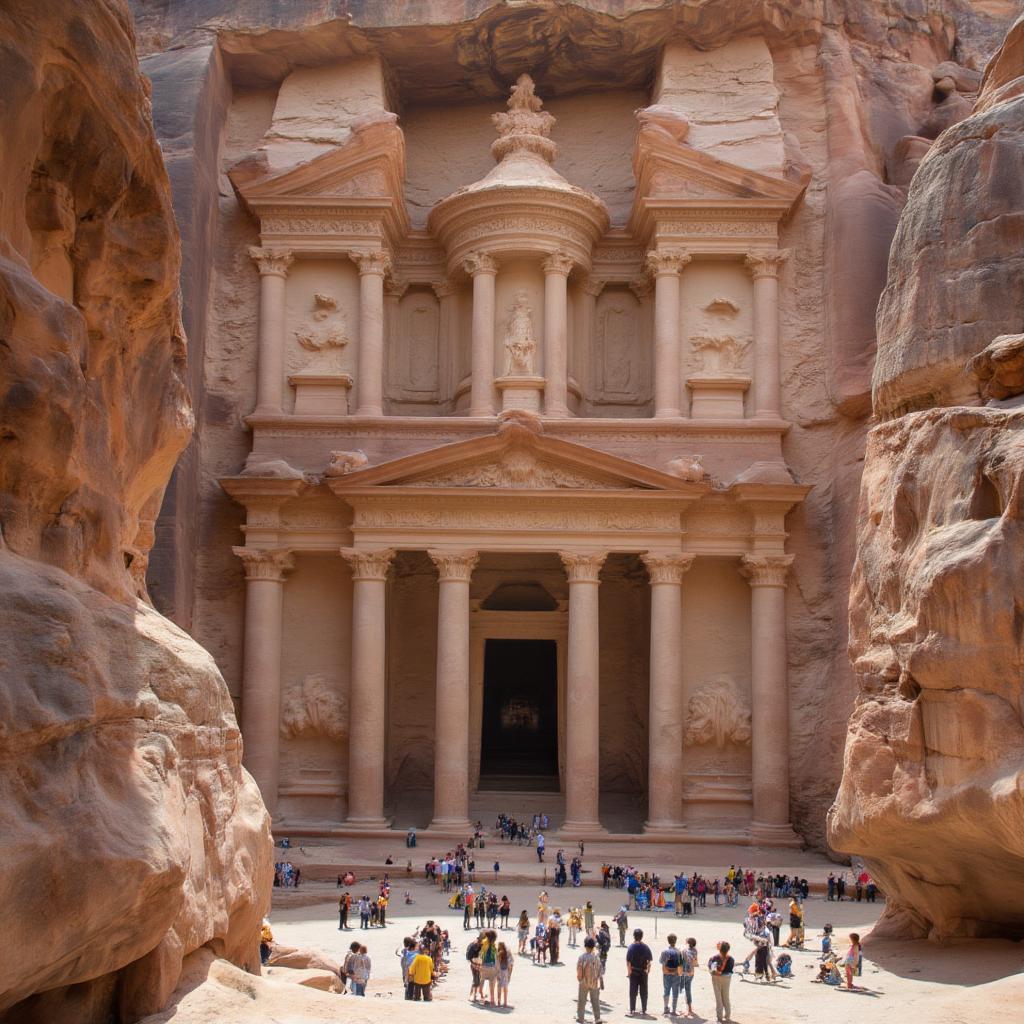
Petra, a city carved into sandstone cliffs in Jordan, is one of the most mysterious and breathtaking ancient sites in the world. This lost city, inhabited by the Nabataeans, was once a thriving trade center, and its elaborate rock-cut facades are a stunning display of artistic and engineering skill. The most famous structure is the Treasury, a magnificent façade that appears suddenly as you emerge from a narrow gorge.
Petra is unique not just for its architecture but also for its history and the way it integrates with the landscape. It is a hidden gem, once a well-kept secret and now a popular destination for those eager to explore ancient civilizations.
- City carved into sandstone cliffs in Jordan
- Known for its rock-cut architecture, especially the Treasury
- Reflects Nabataean culture and engineering prowess
Machu Picchu: The Inca Citadel in the Clouds
High in the Andes Mountains of Peru, Machu Picchu is an awe-inspiring Inca citadel. This ancient city, built in the 15th century, is an astonishing example of Inca architecture and engineering. The stone structures are precisely crafted and integrated into the natural landscape, giving it a serene and magical quality.
Machu Picchu’s purpose remains somewhat of a mystery, but it was likely a royal estate or a sacred site. Its remote location and the stunning natural surroundings make it one of the most impressive places on Earth. The architecture showcases Inca skill in stone cutting, and the site as a whole provides a profound connection to the past.
- Inca citadel high in the Andes Mountains
- Showcases Inca architecture and integration with nature
- Mystery purpose; possibly a royal estate or sacred site
Taj Mahal: A Testament of Eternal Love
The Taj Mahal in Agra, India, is an ivory-white marble mausoleum commissioned by the Mughal emperor Shah Jahan in memory of his wife Mumtaz Mahal. This magnificent building is a sublime blend of Persian, Islamic, and Indian architectural styles. It is not only an architectural masterpiece but also a poignant symbol of eternal love. The intricate details, the symmetry, and the use of precious and semi-precious stones make it a breathtaking sight.
The Taj Mahal is renowned for its beauty, its scale, and the romantic story behind its creation. Millions of visitors flock each year to witness its beauty and experience the history. Its impact on art and architecture is immense, and it stands as a powerful reminder of enduring love and human craftsmanship.
- An ivory-white marble mausoleum in Agra, India
- A symbol of eternal love and Mughal architecture
- Renowned for its beauty and intricate details
The Enduring Legacy of the 7 Current Wonders
These 7 current wonders of the world are not just incredible structures; they are historical milestones that speak to the capabilities of human civilization. They serve as reminders of our past and inspirations for our future, showcasing the power of human ingenuity, creativity, and perseverance. To understand these wonders is to understand part of the story of humanity. They invite us to explore, appreciate, and learn from the cultures that have shaped our world.
“The 7 current wonders of the world represent not just architectural marvels, but also the spirit of human ambition and creativity. They tell stories of societies, innovations, and the human desire to leave a lasting mark,” says Dr. Alistair Finch, a renowned professor of architectural history.
“Each wonder has its unique history and significance. Exploring them allows us to travel through time and learn about the different civilizations that built them and their values,” adds Dr. Anya Petrova, a cultural heritage specialist.
What makes these structures so amazing? Is it their sheer size, their historical significance, or their artistic beauty? Well, it’s likely a combination of all three. They all represent significant accomplishments and cultural heritage, making each wonder a unique and compelling destination. The 7 man made wonders of the world are a great source of comparison and contrast to the current wonders. For example, considering 8 wonders of the world 2020, we can see that while there can be some overlap, each list highlights different aspects of human achievement. Furthermore, if you’re looking for more details you can also explore the 7 known wonders of the world. Learning about 7 wonders things in the world is a good start to understand why people are so interested in this topic.
Visiting these sites is more than just ticking off items on a list; it’s an opportunity to connect with human history and be inspired by the great works of art and engineering throughout the ages. Let’s also not forget the books that have been written about these wonders, notably the seven wonders of the ancient world book series .
Conclusion: A Journey of Discovery Awaits
The 7 current wonders of the world offer a compelling look into the vast and varied achievements of humankind. Each site stands as a symbol of cultural heritage, historical significance, and architectural brilliance. From the mighty Great Wall of China to the serene beauty of the Taj Mahal, each wonder beckons us to explore the depths of human potential and our shared global history. As we marvel at these incredible structures, let’s also be reminded of the importance of preservation, cultural exchange, and the pursuit of wonder. They are all wonders of the world that inspire awe, curiosity and should be preserved for future generations.

